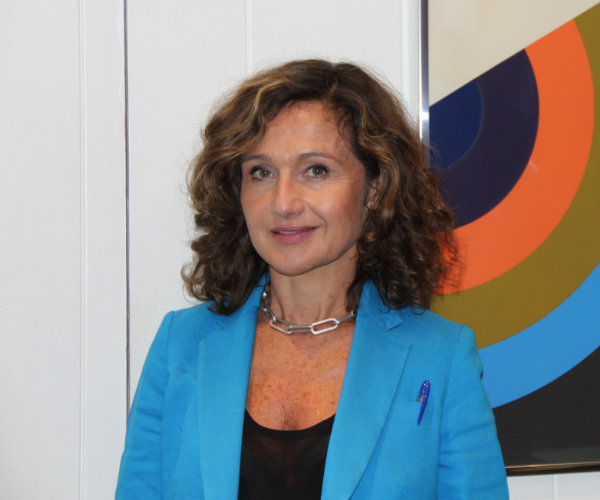Home institution
C2VN (Marseille, France)
Supervisory team
primary: Prof. Dr. Francoise Dignat-George (C2VN), secondary: Dr. Rory Koenen (CARIM), tertiary: Dr. Philippe Poncelet (BioCytex)
Project locations
C2VN (Marseille, France), CARIM (Maastricht, Netherlands), BioCytex (Marseille, France)
Joint PhD Degree
Universities of Marseille and Maastricht
Project details
Extracellular vesicles (EV) are small, membrane-enclosed cell fragments. The cellular origin of EV has a major impact on their protein composition and function. The hypothesis of this project is that besides the origin of EV, the activation state of the mother cells also determine their biological properties. This project focusses on EV formed at the site of a stable or unstable arterial thrombus.
ESR10 will study the formation and roles of EV in thrombus formation and thrombolysis using relevant mouse models. ESR10 will characterise endothelial cell (EC) derived EV, employing a paramagnetic beads capture technology developed at the partner BioCytex. ESR10 will examine thrombus formation and resolution in mice lacking the membrane phospholipid scrambling proteins ABCA1 or TMEM16F or both. Thrombus size and organisation with EV will be determined in vivo with fluorescent labels and/or by histology and immunohistochemistry. ESR10 will apply the EV isolated at BioCytex to these mouse models and characterize their procoagulant and fibrinolytic properties. In the same mice, effects of infused EV on chemokine production and expression of inflammatory adhesion molecules by EC will be determined. ESR10 will distinguish the contributions of endogenous EV derived from EC, monocytes, neutrophils and platelets in thrombosis and thrombolysis, using appropriate tissue-specific knockouts of Acba1 or Tmem16f or by generating bone-marrow chimeras. At CARIM, ESR10 will use established in vitro models to study mechanisms of coagulant and fibrinolytic properties of EV in interaction with EC and SMC. This work with human cells also involves checks for inhibitory platelet protein phosphorylation states using proteomics in collaboration with ESR8, and recapitulates the in vivo results from mouse studies. As a translational extension, the biomarker potential of procoagulant EV will be assessed in plasma from patients with syndromic thrombosis.
References
- Platelet extracellular vesicles induce a pro-inflammatory smooth muscle cell phenotype. Vajen T, Benedikter BJ, Heinzmann ACA, Vasina EM, Henskens Y, Parsons M, Maguire PB, Stassen FR, Heemskerk JWM, Schurgers LJ, Koenen RR. J Extracell Vesicles. 2017 May 16;6(1):1322454. doi: 10.1080/20013078.2017.1322454. PMID: 28717419
Desirable student skills
- Proficiency in cell culture and cell isolation from biologic specimen
- Experience with flow cytometry is desirable


